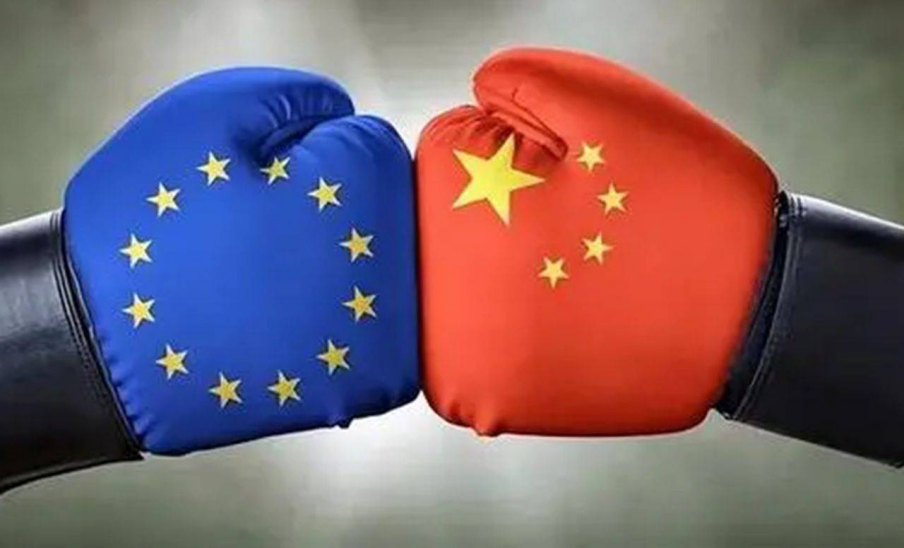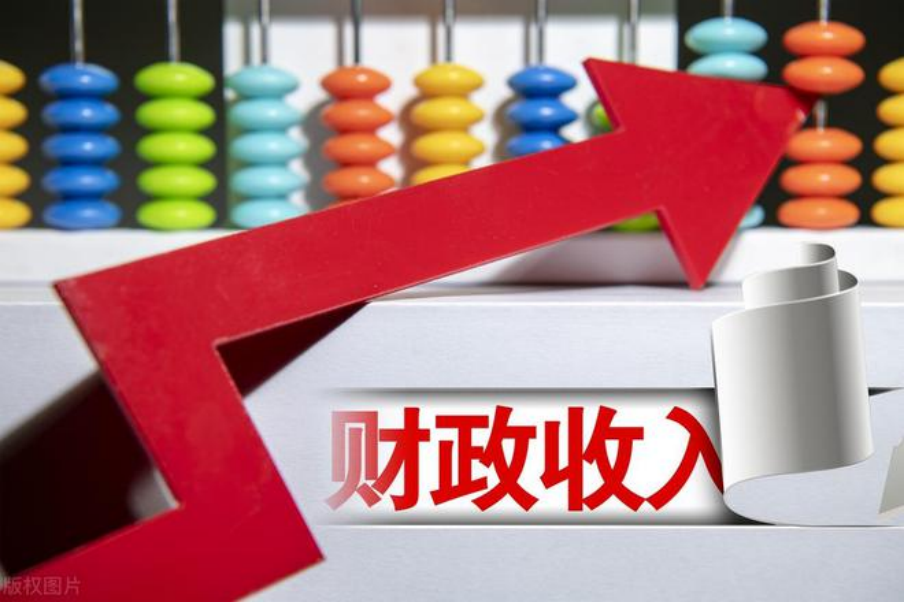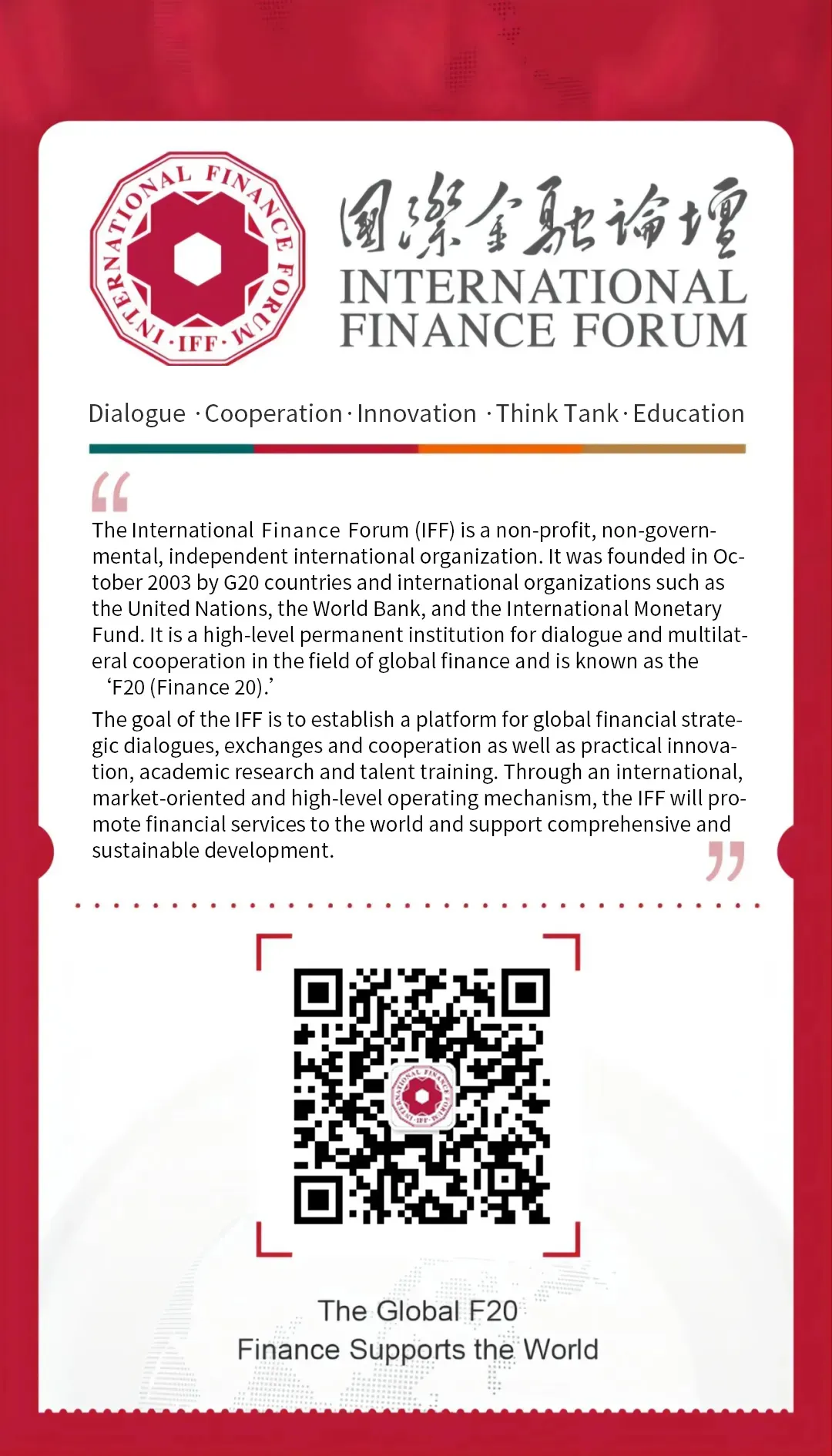HOME>NEWS CENTER>Newsletters
IFF Newsletter | China’s Revenue Dips, Fed Holds Rates
TIME:2025-06-27

From the Editor
China's fiscal revenue in the first five months of the year edged down 0.3 percent year on year to over 9.66 trillion yuan (about 1.35 trillion U.S. dollars), according to data released by the Ministry of Finance on June 20.
Specifically, the central government collected nearly 4.15 trillion yuan in fiscal revenue, registering a 3 percent year-on-year decline, while local governments saw a 1.9 percent year-on-year increase, raking in over 5.51 trillion yuan.
The US Federal Reserve on June 18 opted to maintain the target range for the federal funds rates at 4.25 percent to 4.5 percent. This marks the fourth consecutive time the central bank has chosen to keep the benchmark interest rates steady, reflecting a cautious approach rooted in the solid expansion of economic activity.
In its official statement, the Fed acknowledged that while fluctuations in net exports have caused some volatility in economic data, recent indicators clearly demonstrate that the economy continues to grow at a robust pace. The statement further emphasized the persistent strength of the US economy, pointing to a persistently low unemployment rate, a resilient labor market, and slightly elevated inflation levels as key factors supporting the current wait-and-see stance.

On June 27, 2025, the International Finance Forum (IFF), in collaboration with the European Carbon Pricing Leadership Coalition and the Institute for Governance & Sustainable Development (IGSD), will co-host an online conference themed “Overcoming New Hurdles in the Firms' Fight Against Global Warming.” The conference will focus on three key areas—renewable energy, green hydrogen, and fossil fuels—and will explore the critical roles and innovative practices of corporations in global climate governance.
China News
China to Boost Consumption With Stronger Financial Support

China on June 24 unveiled guidelines on ramping up financial support to effectively boost consumption.
The guidelines, jointly issued by six state organs including the People's Bank of China, outline multiple measures targeting key areas of consumption.
The document calls for stronger financial support for both goods and services consumption.
The guidelines propose 19 key measures from six aspects, including supporting the enhancement of consumption capacity, expanding financial supply in the consumption sector and tapping residents' consumption potential.
China to Promote Sales of New Energy Vehicles in Counties, Townships

China will launch "a new energy vehicle (NEV) consumption season" in its vast county and township regions to unlock NEV sales potential, the Ministry of Commerce said on June 24.
Running from July through December, the consumption season will fully harness the efforts of local governments, industry associations, and enterprises.
Localities are tasked with actively implementing vehicle trade-in programs. Special zones for vehicle trade-ins should be established at venues related to the NEV consumption season.
Marketable NEV models need to be further introduced to better cater to the diverse needs of county and township residents.
Localities should also develop innovative consumption scenarios and speed up the construction of relevant facilities, such as NEV parking lots, charging stations and after-sales service centers, according to the ministry.
China Opposes EU's Protectionist Move Against Chinese Firms: Ministry

China firmly opposes the protectionist step of the European Union (EU) to limit the participation of Chinese firms and products in major public procurement tenders involving medical devices, the Ministry of Commerce said on June 24.
This statement from China came after the European Commission last Friday opted to restrict participation by Chinese businesses and products in public procurement tenders in the medical device sector under the EU's International Procurement Instrument.
A spokesperson with the commerce ministry urged the EU to rectify its wrong approach and pledged measures to safeguard the lawful rights and interests of Chinese enterprises.
Despite China's consistent demonstration of goodwill and sincerity through bilateral dialogues, the EU has persisted in deploying unilateral measures and erecting new protectionist barricades that not only harm Chinese enterprises but also severely distort fair competition, the spokesperson said.
China to Promote High-quality Development of Gold Industry

China will promote the high-end, intelligent, green and safe development of its fast-growing gold industry, according to the Ministry of Industry and Information Technology (MIIT) on June 23.
Recently, the ministry and eight other government departments, including the National Development and Reform Commission, the Ministry of Commerce and the Ministry of Natural Resources, issued an action plan for the high-quality development of the gold industry from 2025 to 2027.
The introduction of the action plan aims to balance industrial growth with enhanced security while capitalizing on China's existing strengths in gold smelting, processing capacity and operational management, according to the MIIT.
China's capacity to ensure gold resources and the innovation level of its industrial chain will be improved significantly by 2027, per the plan. The country's gold resources will increase by 5 percent to 10 percent during the period, and its output of gold and silver will grow by more than 5 percent.
By 2027, breakthroughs will be achieved in multiple areas of key technology and equipment. Additionally, industrial upgrades will ensure that mines with a daily gold-processing capacity exceeding 500 tonnes account for over 70 percent of the national total.
China Rolls Out New Tax Rules to Tackle Hidden Income in Booming Online Economy

China introduced on June 23 new regulations that clarify the tax reporting obligations of internet platform operators as the country ramps up efforts to tighten oversight of the fast-growing online economy and curb illegal activities such as tax evasion and the concealment of income by vendors and platform workers.
Online platforms must submit the identity details and income data of all merchants and employees within one month after the end of each quarter to the relevant tax authorities, according to a policy document released by the State Council, the country’s cabinet.
Internet platform operators are due to submit their first report in October this year, a representative from the State Taxation Administration said. The tax authorities are stepping up efforts to formulate specific tax reporting rules and will engage with internet platforms to provide policy interpretation and training support, he added.
The new rules will not increase the tax burden for most vendors or gig workers, the person said. However, those who have been underreporting their income will now have to pay the proper amount of tax.
China's Fiscal Revenue Down 0.3 pct in First 5 Months

China's fiscal revenue edged down 0.3 percent year on year to over 9.66 trillion yuan (about 1.35 trillion U.S. dollars) in the first five months of the year, according to data from the Ministry of Finance that was released on June 20.
The central government collected nearly 4.15 trillion yuan in fiscal revenue, down 3 percent year on year, while local governments collected over 5.51 trillion yuan, up 1.9 percent year on year.
China's fiscal expenditure expanded 4.2 percent year on year to near 11.3 trillion yuan in the first five months. The central government's fiscal expenditure rose 9.4 percent year on year, and there was a 3.4 percent increase in local government expenditure during the same period.
Spending on education came in at approximately 1.75 trillion yuan, up 6.7 percent year on year. Science and technology expenditure exceeded 360.9 billion yuan, a 6.5 percent year-on-year increase. And spending on social security and employment topped 2 trillion yuan, up 9.2 percent year on year.
Newsletter
International News
Canada's CPI Rises 1.7 Pct in May

Canada's Consumer Price Index (CPI) rose 1.7 percent on a year-over-year basis in May, matching the same increase in April, Statistics Canada said on June 24.
Compared with one year earlier, a smaller price increase for rent and a decline in travel tours put downward pressure on the CPI in May, said the national statistical agency.
Smaller declines for gas and cellular services put upward pressure on the index compared with the previous month, said the agency.
According to the agency, excluding energy, the CPI rose 2.7 percent in May, following a 2.9 percent increase in April.
On a monthly basis, the CPI rose 0.6 percent in May, said Statistics Canada.
S. Korea's Corporate Revenue Growth Slows in Q1

South Korea's corporate revenue growth slowed down in the first quarter due to weaker industrial activity among both manufacturers and non-manufacturers, central bank data showed on June 23.
Revenue for 11,651 manufacturers and 11,486 non-manufacturers subject to external audit, excluding financial firms, rose 2.4 percent in the January-March quarter after expanding 3.5 percent in the previous quarter, according to the Bank of Korea (BOK).
Sales by manufacturers mounted 2.8 percent in the first quarter, slower than an increase of 3.8 percent in the fourth quarter of last year.
Revenue for non-manufacturers grew 1.9 percent in the first quarter after advancing 3.1 percent in the prior quarter.
Corporate profitability improved. The ratio of operating profit to revenue went up to 6.0 percent in the first quarter from 5.4 percent in the same quarter of last year.
German Industrial Orders Rise on Robust Demand in Auto Industry

Germany's manufacturing sector showed signs of recovery in April 2025, as industrial order backlogs increased, driven largely by strong demand in the automotive industry, according to data released by the German Federal Statistical Office (Destatis) on June 20.
The total order backlog in the manufacturing sector rose by 0.8 percent compared to March 2025, and by 4.0 percent on a calendar-adjusted basis from April 2024.
Analysts point to robust demand in the auto industry as the main driver of this growth. The backlog of orders in the automobile sector grew by 2.6 percent compared to the previous month, while the rest of the vehicle manufacturing sector posted a modest gain of 0.8 percent.
Australian Unemployment Rate Steady at 4.1 pct

Australia's unemployment rate remained steady at 4.1 percent in May, according to data released by the Australian Bureau of Statistics (ABS) on June 19.
Monthly labor force figures from ABS revealed that the unemployment rate in both seasonally adjusted and trend terms was unchanged at 4.1 percent in May.
It marks the fifth consecutive month that unemployment has been steady in seasonally adjusted terms, which removes seasonal employment patterns, and three straight months at 4.1 percent in trend terms.
The ABS said that employment decreased by 2,500 people between April and May but has increased by 329,100, or 2.3 percent, over the past 12 months compared to the pre-pandemic 10-year average annual growth of 1.7 percent.
The decline in employment in May comes after the number of employed Australians increased by 89,000 between March and April.
According to the ABS data, the participation rate in the workforce was 67 percent in May, down slightly from 67.1 percent in April.
It said that the total number of hours worked by Australians increased by 1.3 percent from April to May and by 3.1 percent over 12 months to 1.99 billion.
UK Inflation Holds Steady at 3.4 pct in May: ONS

Inflation in Britain remained unchanged in May, with the Consumer Prices Index (CPI) rising 3.4 percent year-on-year, the Office for National Statistics (ONS) reported on June 18.
This figure is consistent with the Bank of England's latest forecast and marks the second consecutive month of steady inflation.
A key indicator of domestic price pressure, services inflation, eased from 5.4 percent in April to 4.7 percent in May, also in line with expectations.
ONS Acting Chief Economist Richard Heys said the overall inflation rate was "little changed" as falling airfares and motor fuel prices were offset by rising food and household goods costs.
US Fed Keeps Interest Rates Unchanged as Wait-And-See Mode Continues

The US Federal Reserve on June 18 left the target range for the federal funds rates unchanged at 4.25 percent to 4.5 percent, as solid expansion of economic activity supports the wait-and-see mode.
This widely-expected decision marked the fourth time that the Fed chose to keep the benchmark interest rates unchanged in a row.
"Although swings in net exports have affected the data, recent indicators suggest that economic activity has continued to expand at a solid pace," said the Fed in a statement.
The United States continues to have a low unemployment rate, solid labor market and somewhat elevated inflation, according to the Fed.
"Uncertainty about the economic outlook has diminished but remains elevated," added the statement.
